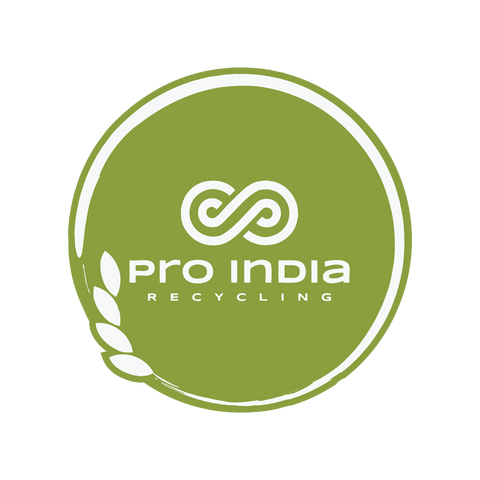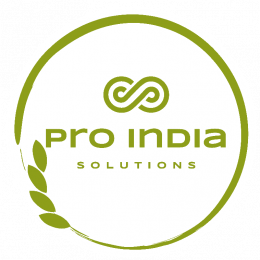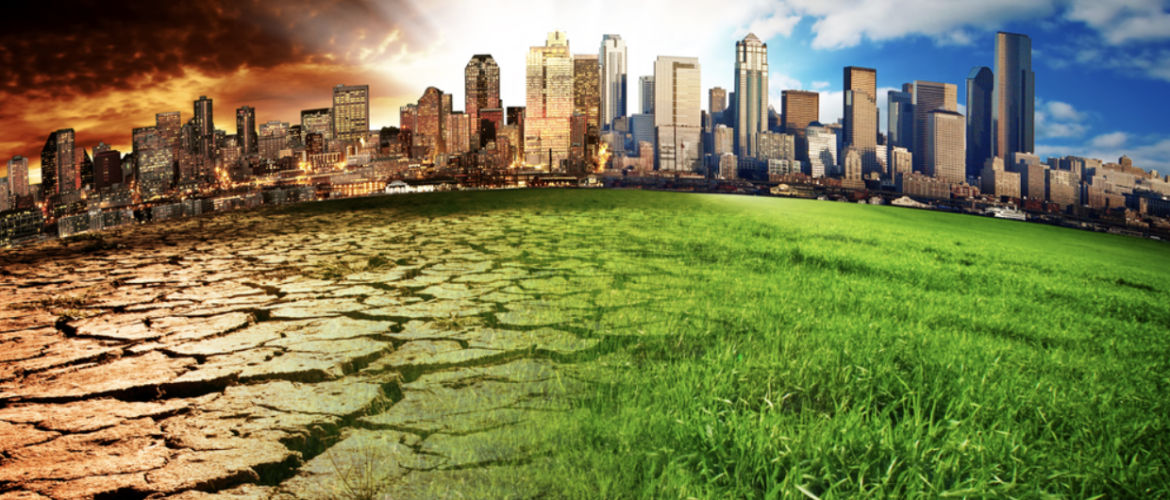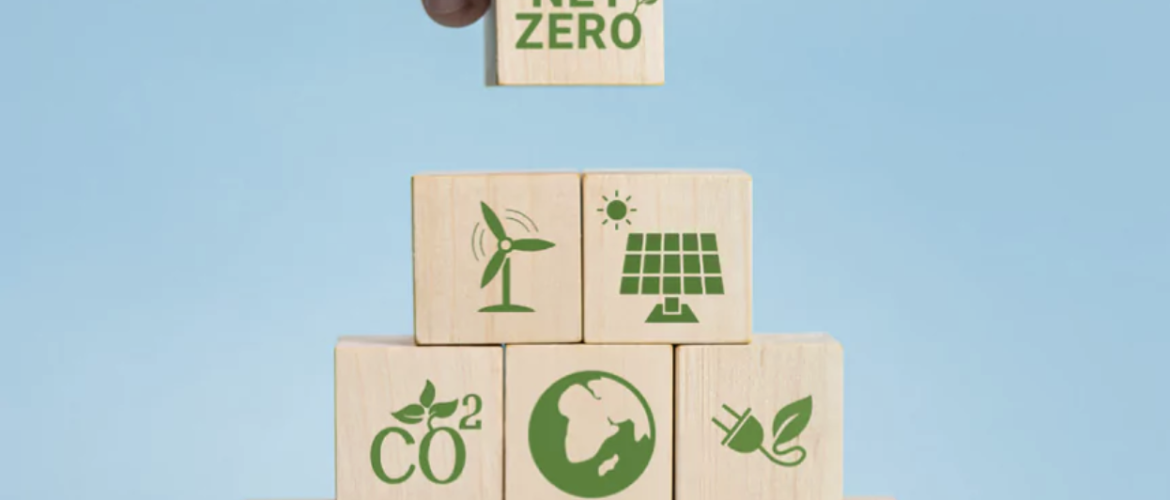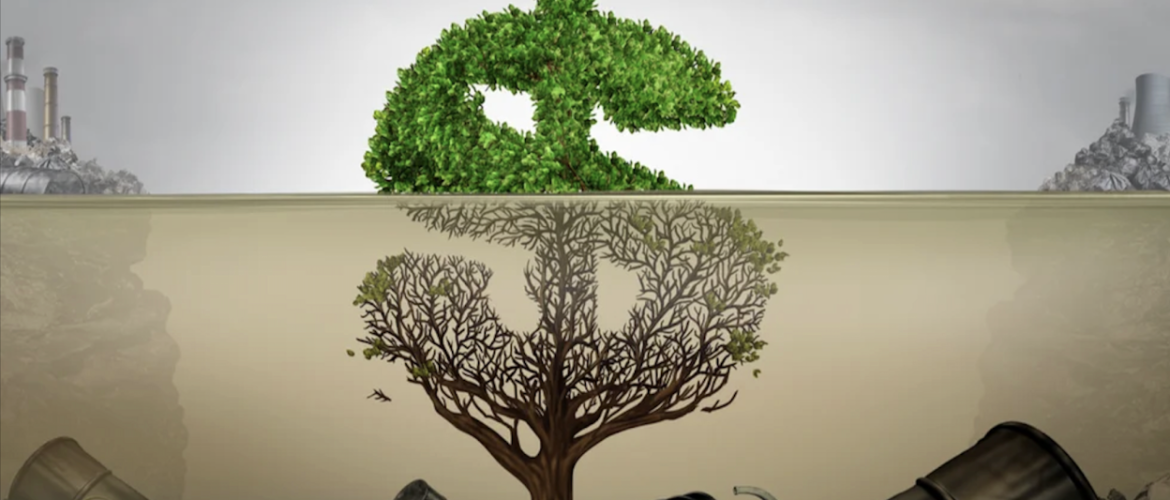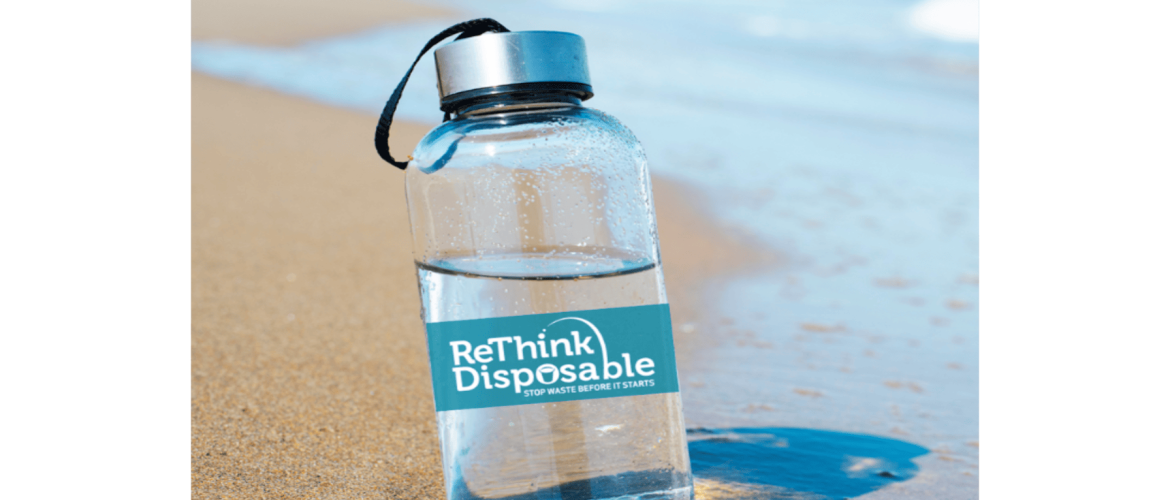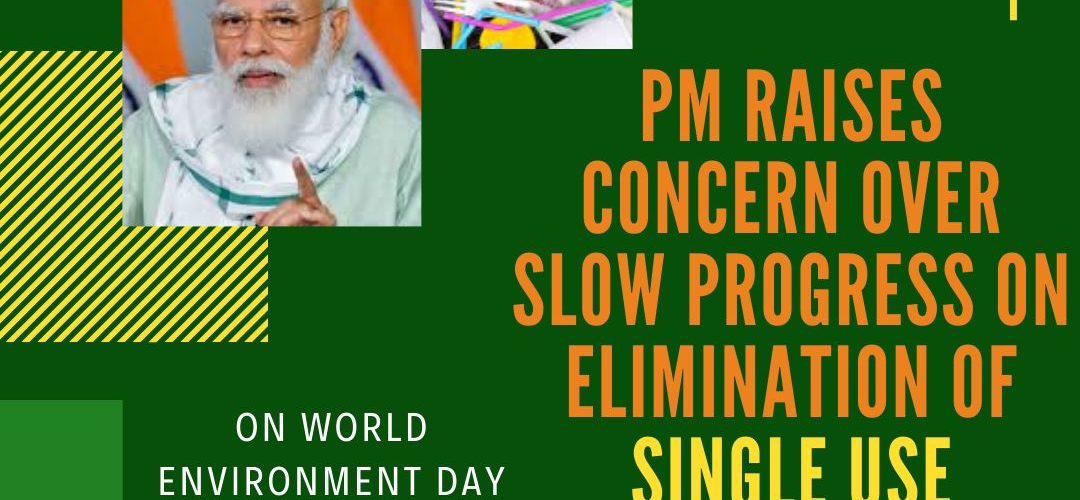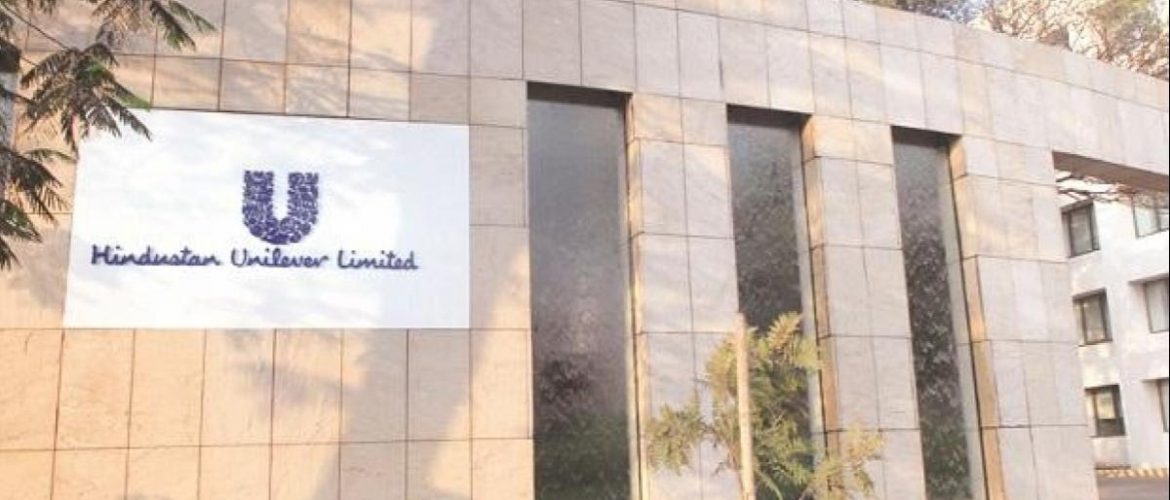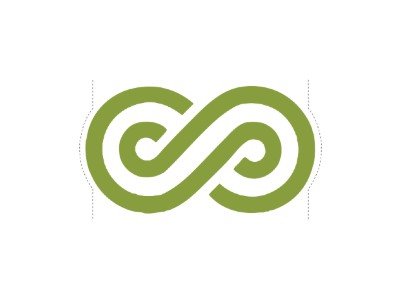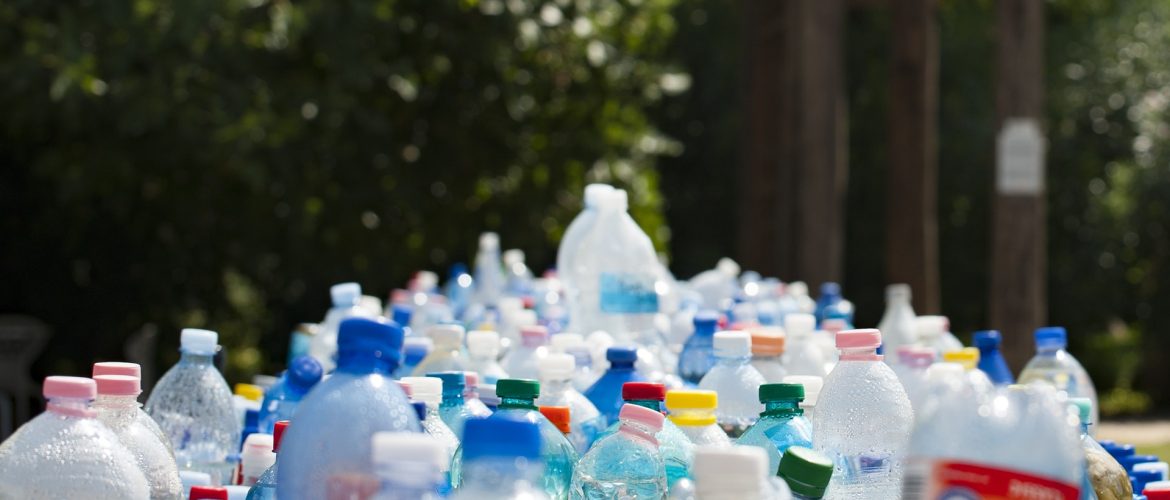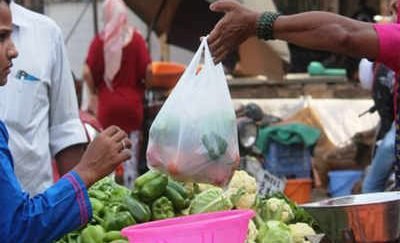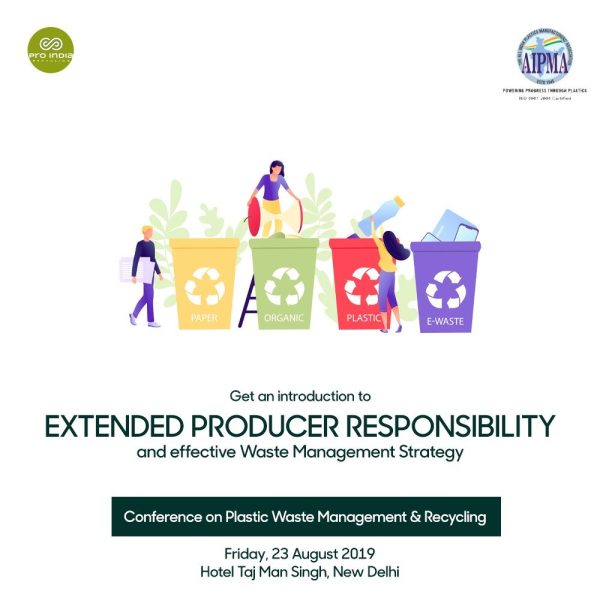Climate Chaos: Adapting to the New Business Normal The world is facing an era of unprecedented climate instability. From extreme weather events to supply chain disruptions, businesses are no longer just observers of climate change—they are on the front lines. Companies that fail to adapt risk financial instability, operational challenges, and repetitional damage. The new business normal is one where sustainability and resilience must be embedded into every decision. The Reality of Climate Chaos Rising global temperatures, erratic weather
What Are Zero Emissions and why it matters Zero emissions refer to the complete elimination of greenhouse gas emissions, particularly carbon dioxide (CO2), from human activities. This means that no harmful pollutants are released into the atmosphere from energy production, transportation, manufacturing, or other industrial processes. Achieving zero emissions is essential to mitigating the impacts of global warming and protecting ecosystems. The primary driver behind zero emissions is the urgent need to curb climate change. Rising global temperatures
Introduction In today’s business landscape, sustainability has become more than just a buzzword—it’s a competitive advantage. Consumers demand eco-friendly products, investors prioritise companies with strong Environmental, Social, and Governance (ESG) commitments, and regulators tighten their grip on corporate sustainability reporting. But with the rise of green claims comes the risk of greenwashing—when companies exaggerate or fabricate their environmental credentials to mislead stakeholders. So, how can we differentiate genuine corporate sustainability from deceptive marketing? The Rise of Greenwashing Greenwashing occurs
Could the packaged drinking water you trust so deeply actually be contaminated? The nation’s apex food safety authority, the Food Safety and Standards Authority of India (FSSAI), has recently classified packaged drinking water under the “high-risk food category.” This move ensures that manufacturers are subjected to thorough inspections at least once annually, a prerequisite for securing their operational license, as outlined in the latest notification. Why is packaged water labelled as high-risk? Labelling a product as “high-risk” is intended to enforce stringent regular
The amount of plastic pouring into our oceans is set to triple by 2040, and the bulk of the un-recycled plastic in the world is generated by an enormous industry: consumer packaged goods (CPG). The world is rife with waste from such goods, but as people become more aware and look to minimize the waste they produce, tech startups are coming up with novel solutions to help people and companies meet their sustainability goals. “People want to behave sustainably,
After creating a nationwide stir in 2018, the conversation on eliminating single – use plastics is back on! PM Narendra Modi initiated serious conversations to release guidelines in order to phase out the use of single-use plastics and pushed the Environment and Forest Ministry (moEFCC) on their lack of progress. MoEFCC may release the final draft of the definition of Single-use plastics and timeline to eliminate SUPs as early as next week! What do you think will be a part of
When Hindustan Unilever (HUL) decided to put a curve on its best-selling Pond’s talc pack some time back, its patrons may have assumed the move was aimed at breaking the monotony of the cylindrical shape used for decades. While breaking the boredom was one of the reasons, the slight curve at the belly of Pond’s talc packs allowed the consumer goods giant to save one-third of the plastic that goes into each pack. More recently, its distributors found that HUL had removed the plastic packaging
A year after Maharashtra government banned single-use plastic in the state, Mirror Now went on-ground to check the extent to which Mumbaikars have stopped using plastic. The industry was given 2-years of time to come up with alternatives for the multi-layer packaging and it did not come up with it. With this pace, I don’t think India can reach that level by 2020: Dinesh Raj, CSE to Mirror Now. Source : Mirror Now
BHOPAL: As October 2, the date of enforcing the ban on one-time-use plastic items draws closer, everyone associated with the state’s plastic industry — manufacturers, traders and workers — have their fingers crossed. Read more at: http://timesofindia.indiatimes.com/articleshow/71365402.cms?utm_source=contentofinterest&utm_medium=text&utm_campaign=cppst
- 1
- 2
